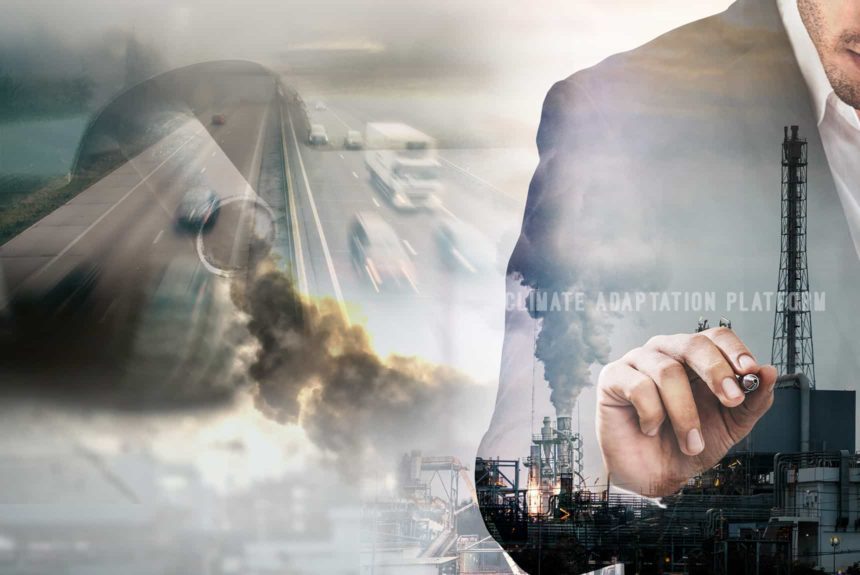Human-caused carbon emissions continue to increase without the direct economic cost to the emitters. These emissions are causing climate change, which can have real impacts on economies.
To assess the economic effects of climate change, economists and climate scientists have come together to define what is known as the social cost of carbon (SCC) and to know its value, how it is calculated, and how can governments, corporations, and even an average individual use it to reduce carbon emission.
Brookings’ article, “The social cost of carbon: Advances in long-term probabilistic projections of population, GDP, emissions, and discount rates“, defines the social cost of carbon as the estimate of the economic cost or damage of emitting an additional ton of carbon into the atmosphere and thus the benefits of reducing emissions.
The paper presents that the social cost of carbon is an essential metric for informing the climate policy of numerous entities and guiding climate regulations issued by governments. It mentions that the best available science supports the calculations while incorporating uncertainty.
It explored the challenges and potential solutions to generate estimates of future socioeconomic projection using updated approaches to understand the population growth, per capita growth, projected emission, and the earth’s climate while supporting the calculations of the very long-term GHG emissions in the atmosphere.
Simply put, Kevin Rennert, one of the report’s lead authors, says, “If you want to know what the damages from climate change are going to be, you have to understand the range of how many people could be on the planet, what the future economy could look like, and what that means for future greenhouse gas emissions.”
Carbon Brief’s feature, “The Social Cost of Carbon“, provides an in-depth discussion of the social cost of carbon, presents the different models that scientists use to calculate SCC and the use of a discount rate to estimate the SCC.
It is important to remember that the CO2 emitted today will persist in the atmosphere for thousands of years, and consequences of which will be borne by future generations. How much are we willing to pay now to avert future climate change constitutes the social cost of carbon.
The social cost of carbon adds up all the quantifiable costs and benefits of emitting an additional tonne of CO2 and assign a dollar or monetary value, which then can be used to weigh the benefits vs the cost of reducing emissions.
The discount rate indicates the rate at which society is willing to pay for the cost of emitting carbon today to avert the damage in the future.
A high discount rate suggests that society values their money hand and is willing to spend less to allow future generations to bear more of the cost and a low discount rate indicates a willingness to pay more today to protect future generations.
A video below from Climate Now explains further the Social Cost of Carbon:
Source Citation:
Nicker, B. (2021, September 8). The social cost of carbon. Brookings. Retrieved from https://www.brookings.edu/bpea-articles/the-social-cost-of-carbon/
Cho, R. (2021, April 1). Social Cost of Carbon: What Is It, and Why Do We Need to Calculate It? State of the Planet. Retrieved from https://news.climate.columbia.edu/2021/04/01/social-cost-of-carbon/
Social Cost of Carbon. (2021, June 15). Climate Now. [Video]. Retrieved from https://youtu.be/BTroaxsYn2o



Leave a Reply